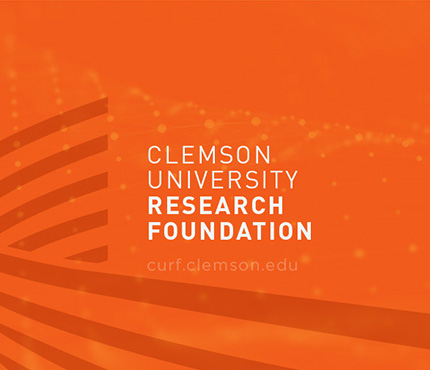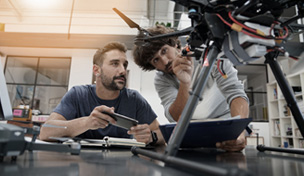Keywords: Textiles/Fibers
Market Overview
These porous nanofibers are designed to collect extremely small volumes of liquid for analysis, featuring materials that control liquid uptake by a butterfly-type proboscis. The global nanofibers market had an estimated worth of $390.6 million, and is expected to grow at over a 25% CAGR between 2016 and 2024 due to the ever-expanding application space. Sampling of hazardous chemicals or liquids at the cellular level presents a challenge for both safety and sensing capabilities. The ability to deploy, detect, sample, and identify low-volume fluids in a single microfluidics device could be a promising technology with many engineering applications. Clemson University researchers have developed a method of creating nanofibers with the critical materials features of a butterfly proboscis, incorporating the desired aspects to detect and collect potentially hazardous low-volume liquids in a safe manner.
Konstantin Kornev
2012-024
Applications:
Low-volume liquid collection/detection; Extracting biofluids
Technical Summary:
The artificial proboscis is fabricated using a library of electrospun polymer fibers. By controlling the time of electrospinning and revolution rate during the twisting of the fibers into yarn, biomimetic transport and mechanical properties comparable to a butterfly proboscis can be obtained. By varying the chemical composition of polymer blends and environmental conditions during electrospinning, a porosity as high as 82% can be achieved. The absorption rate of the probes is significantly increased by designing the probes to have double porosity composed of both micrometer- and nanometer pores. Depending on the application, the probe can be made ferroelectric or magnetic for remote manipulation to collect droplets. Remote bending of the probes is affected by the absorbed material, allowing the probes to act as identifiers/sensors themselves.
Advantages:
• Nanofibers possess ordered bands, allowing for proboscis-like fluid transport
• Porosity of the probes is adjustable, providing control over how much liquid can be absorbed and the rate of liquid uptake and wicking
• Nanofiber probes can be made ferroelectric or magnetic, enabling remote manipulation to absorb droplets
Technology Overview
State of Development
Preliminary Prototype
Patent Type
Provisional
Category
Serial Number
13/611,971
CURF Reference No.
2012-024
Inventors
Konstantin Kornev
For More Info, Contact:
Interested in this technology?
Contact curf@clemson.edu
Please put technology ID in subject line of email.
Contact
Latest News from CURF
Stay up-to-date with the latest trends in the innovation and research industry. Sign up for our newsletter to see how CURF is making a difference and impacting the economy where we live.









